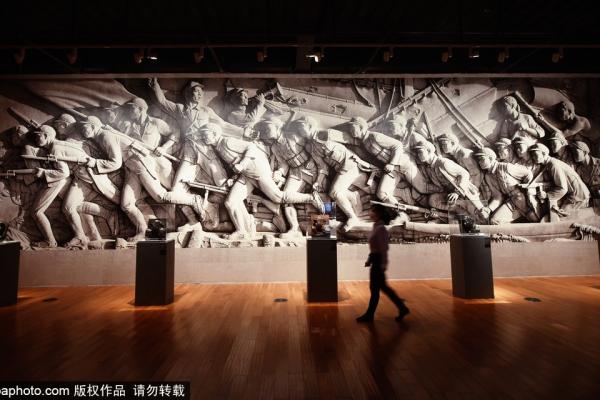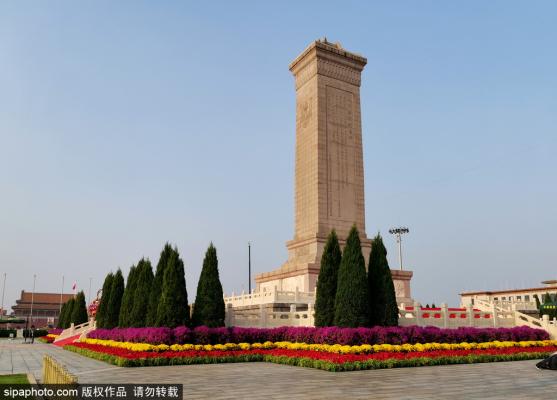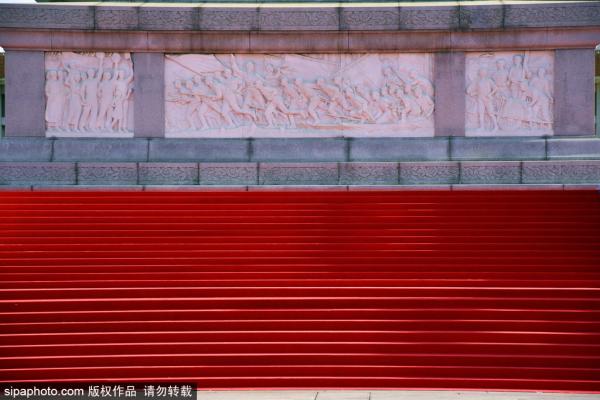Monument to the People's Heroes (人民英雄纪念碑)
The Monument to the People's Heroes is located in the center of Tiananmen Square, Beijing, built for the people's heroes who died in modern history.
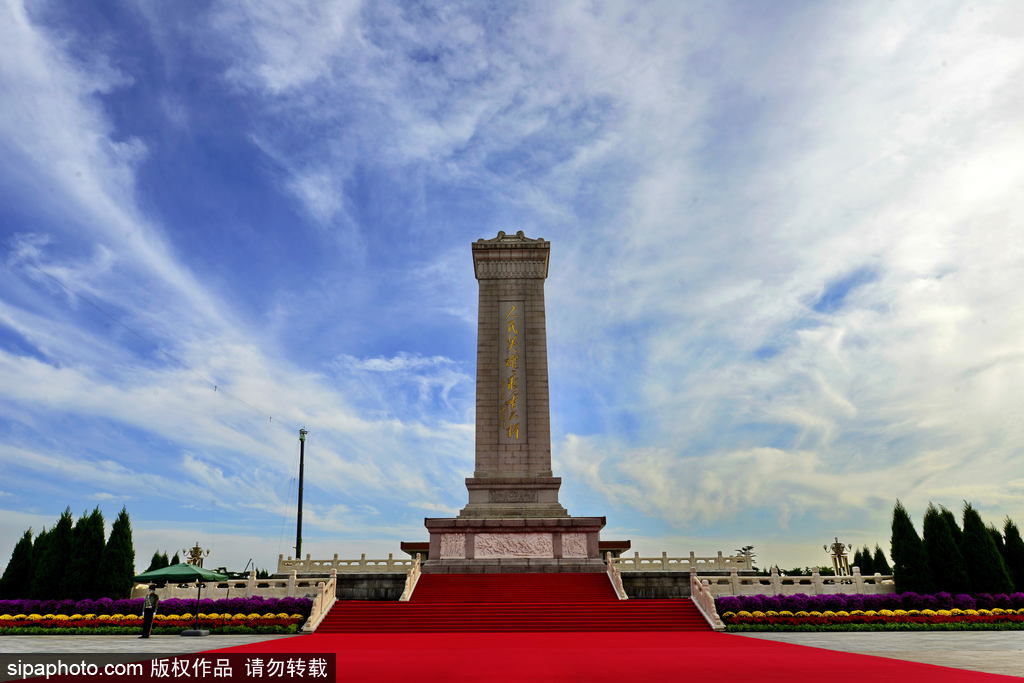
-
Tel:
Null -
Best Time to Visit:
All year round -
Duration:
1 hour -
Admission:
Free Free -
Opening Hours:
24/7
Description
Monument to the People's Heroes (人民英雄纪念碑)
The Monument to the People's Heroes is located in the center of Tiananmen Square, Beijing, built for the people's heroes who died in modern history. The foundation stone was laid on September 30, 1949, construction started on August 1, 1952, and it was unveiled on May 1, 1958. In 1961, it became the first batch of national key cultural relics protection units. The monument is the first large-scale monument built by the state after the founding of the People's Republic of China and the first larg...
Read MoreMonument to the People's Heroes (人民英雄纪念碑)
The Monument to the People's Heroes is located in the center of Tiananmen Square, Beijing, built for the people's heroes who died in modern history. The foundation stone was laid on September 30, 1949, construction started on August 1, 1952, and it was unveiled on May 1, 1958. In 1961, it became the first batch of national key cultural relics protection units. The monument is the first large-scale monument built by the state after the founding of the People's Republic of China and the first large-scale public art project.
The Monument to the People's Heroes is 37.94m high and covers an area of about 3,100㎡. It is composed of three parts: the body, the Buddhist-style base, and the pedestal.
The plane of the monument’s body is rectangular and is built with 413 granites in 32 layers. The center of the monument on the front (north) is a whole piece of stone, 14.7m long, 2.9m wide, 1m thick, and weighs 103 tons, inscribed with large, glazed words by Mao Zedong which read: "Eternal Glory to the People's Heroes.". The inscription on the back is composed of 7 pieces of stone, and the content is drafted by Mao Zedong and written by Zhou Enlai, with a total of 150 characters.
The body is supported by a two-story Buddhist-style base designed by Lin Huiyin. The four sides of the smaller base on the upper floor are engraved with eight garlands made of peony, lotus, chrysanthemum, and hanging curtains to show respect for the martyrs; the lower is inlaid with ten huge white marble reliefs, eight of which reflect the revolutionary events in the modern history of China: "Destruction of opium at Humen", "Jintian Uprising", "Wuchang Uprising", "May 4th Movement", "May 30th Movement", "Nanchang Uprising", "Guerrilla War Against Japanese Aggression" and "Victory Crossing the Yangtze River and Liberating the Whole China". In addition, there are two decorative works "Supporting the Frontline" and "Welcome the People's Liberation Army" on both sides of the "Victory Crossing the Yangtze River" in the middle of the north. The ten reliefs are all 2m high, 2 to 6.4m wide, and 40.68m long. A total of 180 figures are carved, which were designed and created by Liu Kaiqu and others.
Gallery
Latest News
Explore
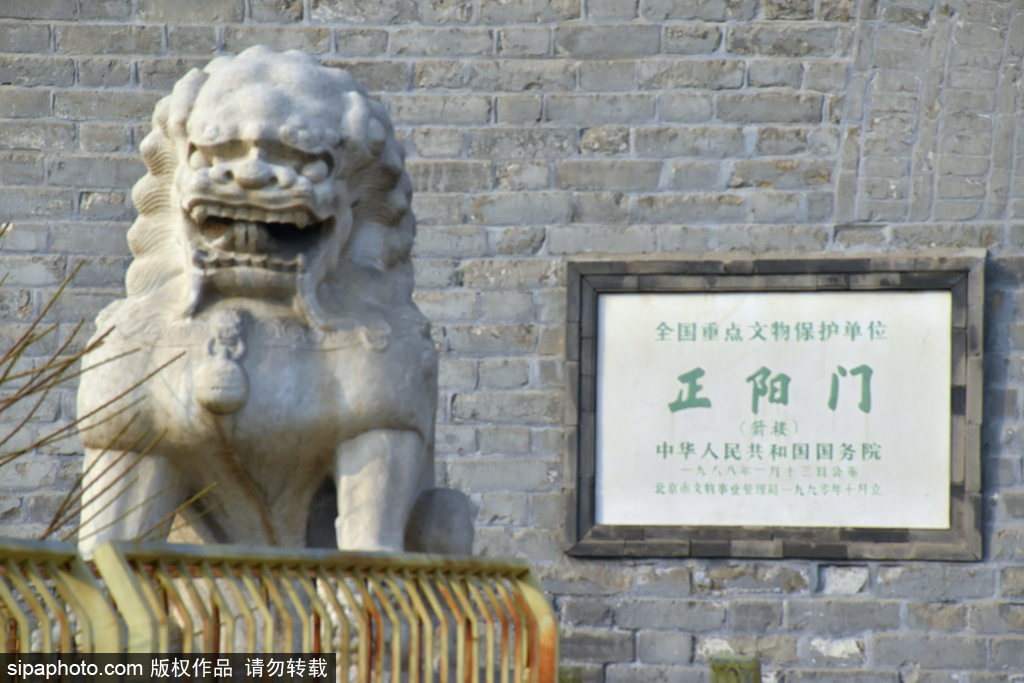
Zhengyangmen Gate and Watchtower
Beijing Zhengyangmen Gate, formerly known as Lizhengmen Gate, commonly known as Qianmen Gate, is located on the central axis of Beijing. It is connected to the Zhengyangmen Gate Watchtower in front and Chairman Mao Zedong Memorial Hall and Tiananmen Square in the back. Zhengyangmen Gate is one of the landmark buildings in Beijing and reflects the style and history of the ancient capital.
Xiannong Altar
The Xiannong Altar was built in the eighteenth year of Yongle of Ming Dynasty (1420), formerly known as the "Shanchuan Altar (Mountain and River Altar)"; the general layout of which was formed during the Jiajing period in Ming Dynasty.
Yongdingmen Gate
Yongdingmen Gate was built in the thirty-second year of Jiajing in the Ming Dynasty (1553), which is more than 130 years later than Zhengyangmen Gate (built in 1419), which is also located on the central axis. This is because Yongdingmen is the gate of the outer city, and Beijing City had no outer city at the beginning of its construction during the Yongle period of the Ming Dynasty.
Do You Know
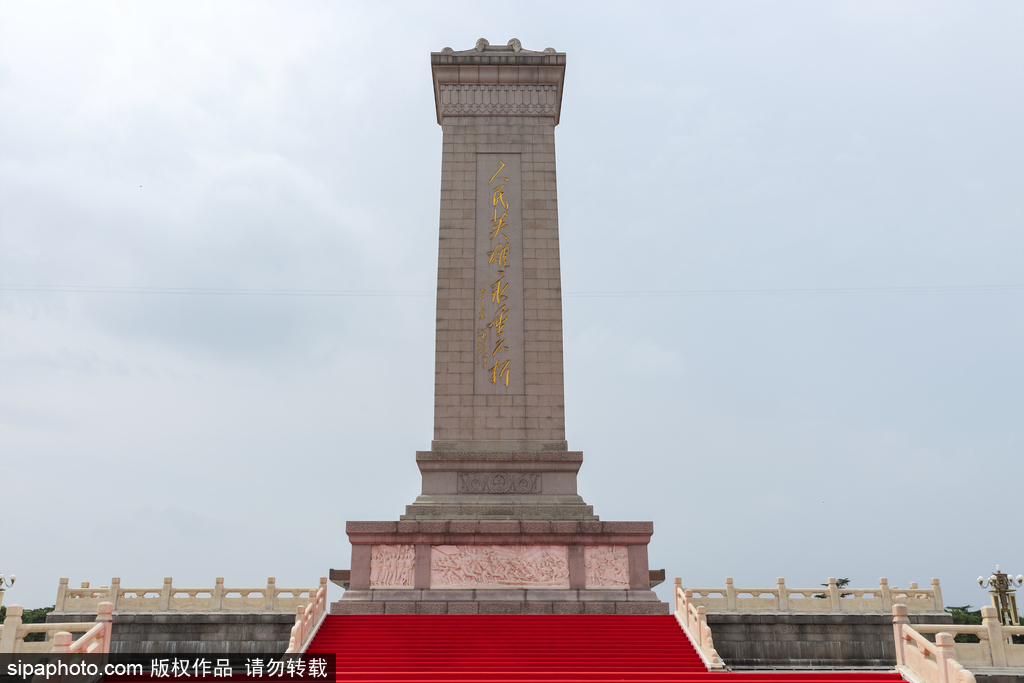
About the monument
The pedestal of the monument is also divided into two layers, the upper is square and the lower is begonia-shaped, with a width of 50.44m from east to west and a length of 61.5m from north to south. The two-layer pedestal is surrounded by railings and steps on all four sides. The entire Monument is made of 17,000 pieces of granite and white marble.
